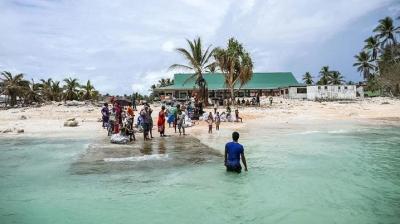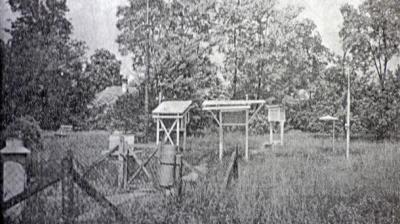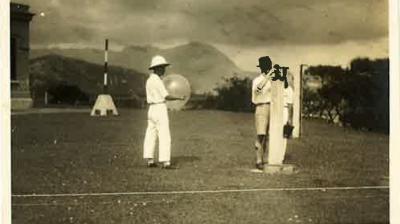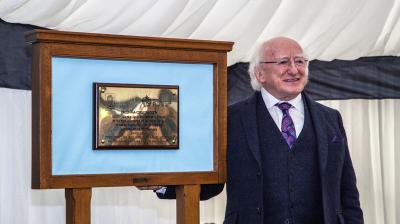Centennial Observing Stations
Long-term meteorological observations are crucial in serving the needs of current and future generations for long-term high quality climate records. They are unique sources of past information about atmospheric, hydrologic and marine parameters, which serve as references for climate variability and change assessments. To highlight this importance, WMO has a mechanism to recognize centennial observing stations to promote sustainable observational standards and best practices that facilitate the generation of high-quality time series data.
The mechanism involves close collaboration between WMO climate, hydrology and marine, network and instrument experts, representing WMO Technical Commissions, the Global Climate Observing System (GCOS), Members and the WMO Secretariat. The May 2017 WMO Executive Council meeting recognized the first set of WMO centennial observing stations. Further calls are planned for nominations.
List of stations recognised under the 75+ years scheme
WMO Recognition Mechanism
In May 2013, the 66th session of the Executive Council requested the Commission for Climatology (CCl), together with the Global Climate Observing System (GCOS) and the Commission for Instruments and Methods of Observations (CIMO), to investigate site certification mechanisms, network criteria and monitoring principles in order to set-up an appropriate mechanism for recognizing centennial observing stations based on a minimum set of objective assessment criteria. In November 2013, two experts, Ingeborg Auer of ZAMG, Austria, and Michel Leroy of Météo-France, France, developed the draft criteria for the recognition centennial observing stations from climatological and instrumentation perspectives.
In a June 2014 scoping meeting, experts from WMO Members, CCl, the Commission for Basic Systems (CBS), CIMO, GCOS, WMO Integrated Observing System (WIGOS) and the Secretariat consolidated the criteria and proposed the mechanism, which the three Commission in question - CCl, CIMO and CBS - agreed to support.
In June 2015, the Seventeenth World Meteorological Congress requested the Secretary-General to facilitate Members’ collaboration with CCl (including the contributions of GCOS, CIMO and CBS) in testing the implementation of this mechanism on a limited number of stations and to submit the conclusions for consideration by the Executive Council (Resolution 35 (Cg-17)). In June 2016, the 68th Executive Council endorsed the mechanism and invited CCl to lead in its implementation in close collaboration with CIMO, CBS and GCOS.
The mechanism had been updated in 2021 (Resolution 4 (EC-73) and extended to accommodate hydrological and marine observing stations in 2023 (Res. 4.2(8)/1 (Cg-19)). Congress-19 also endorsed a mechanism for national recognition of 75+ years observing stations.
Recognition criteria and templates
Meteorological observing stations
Hydrological observing stations
Recognition mechanism












